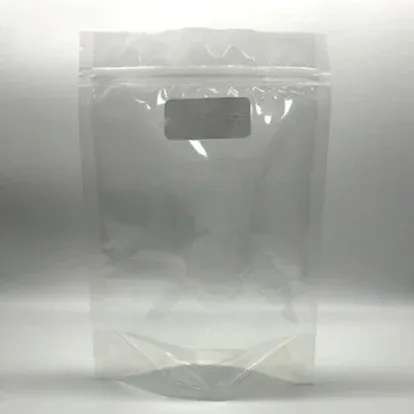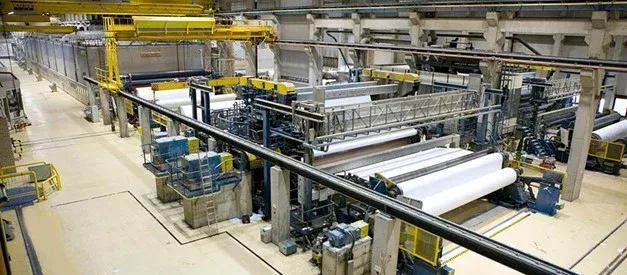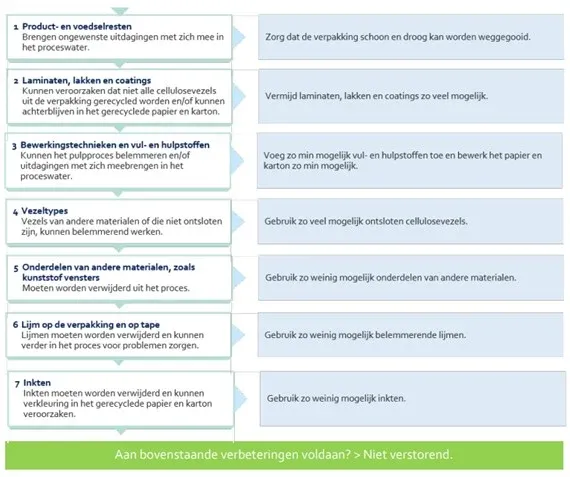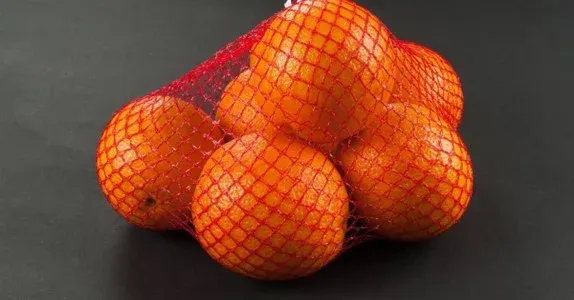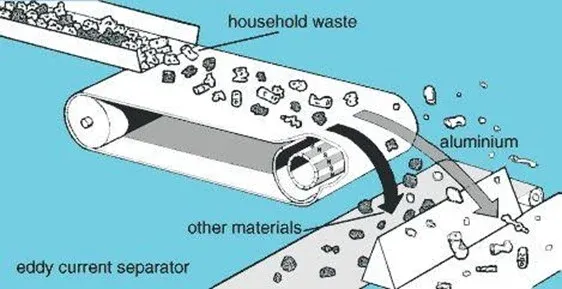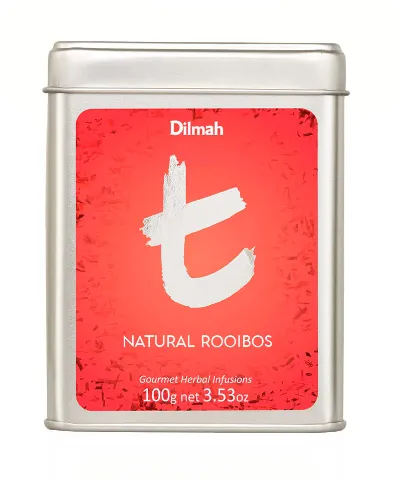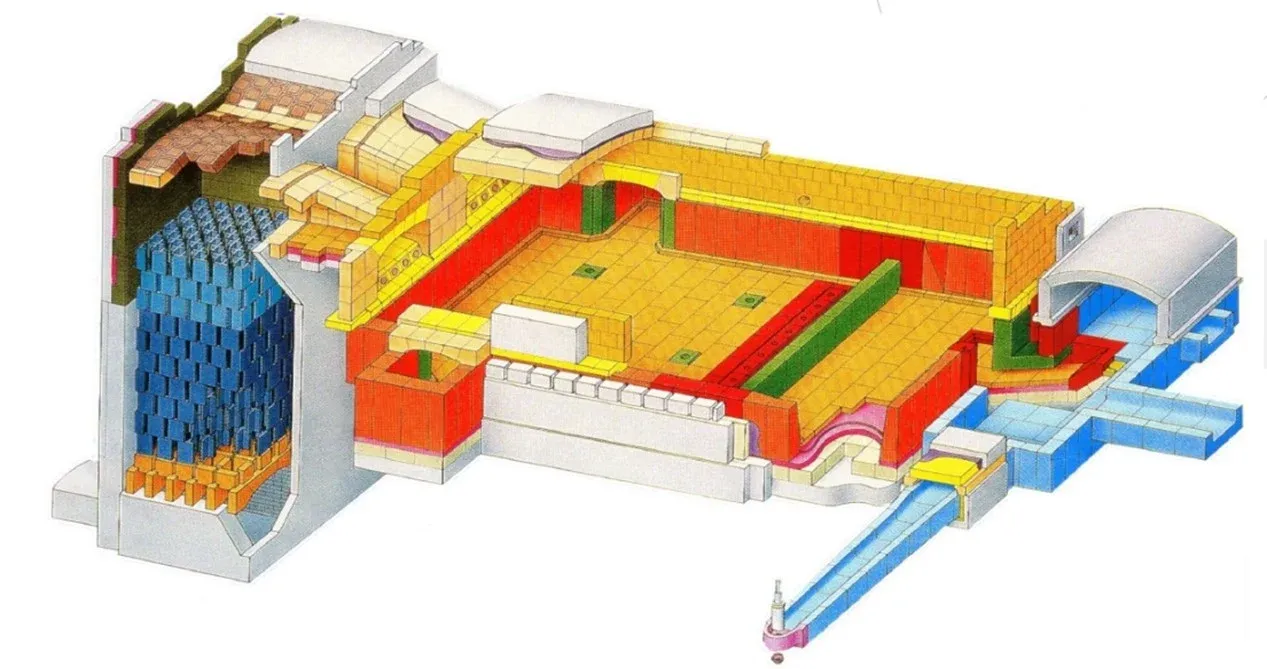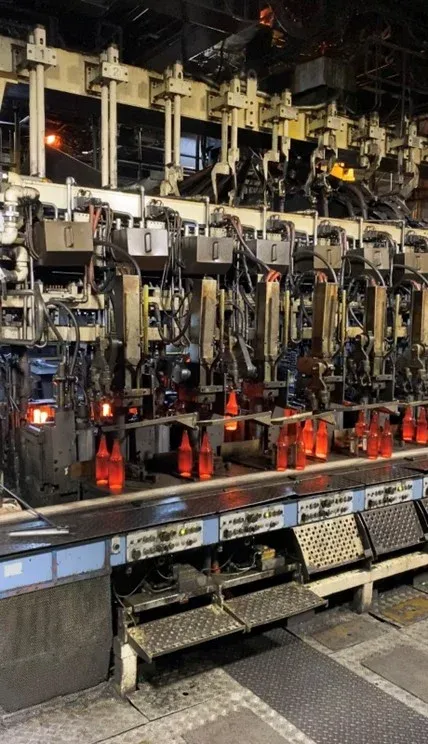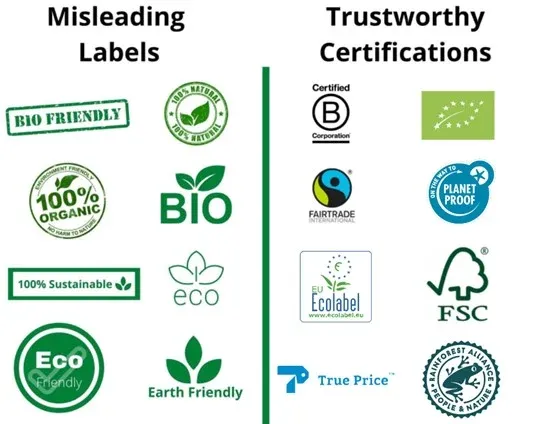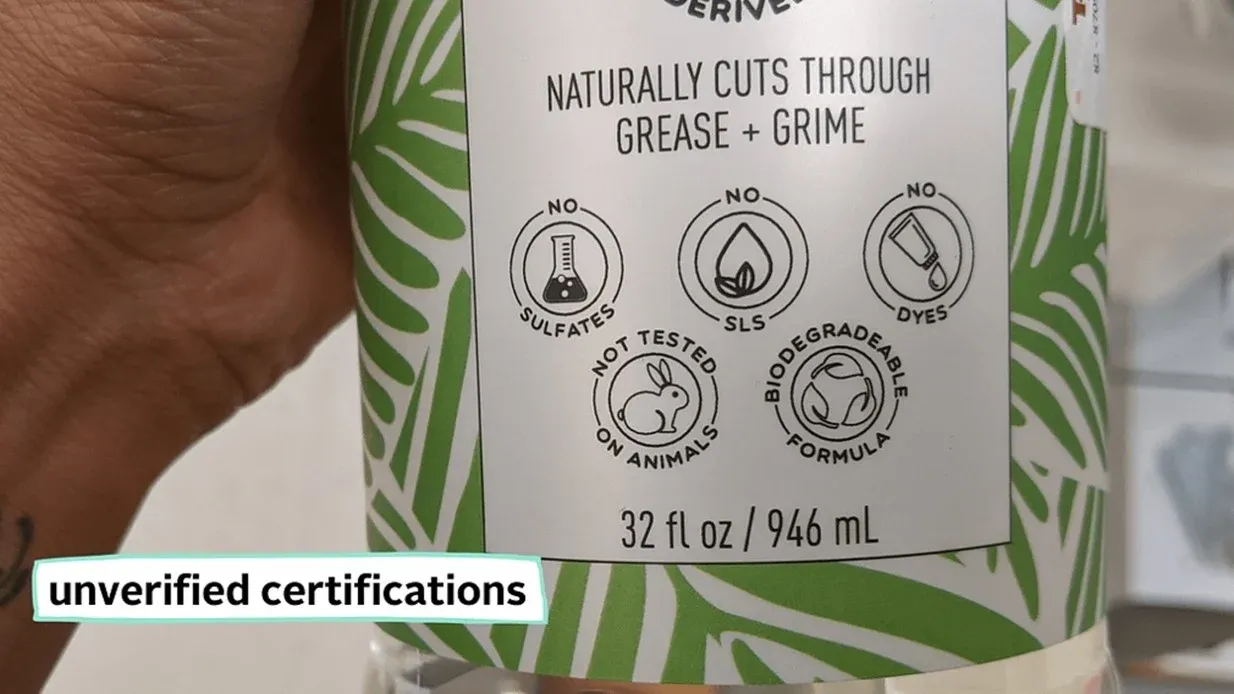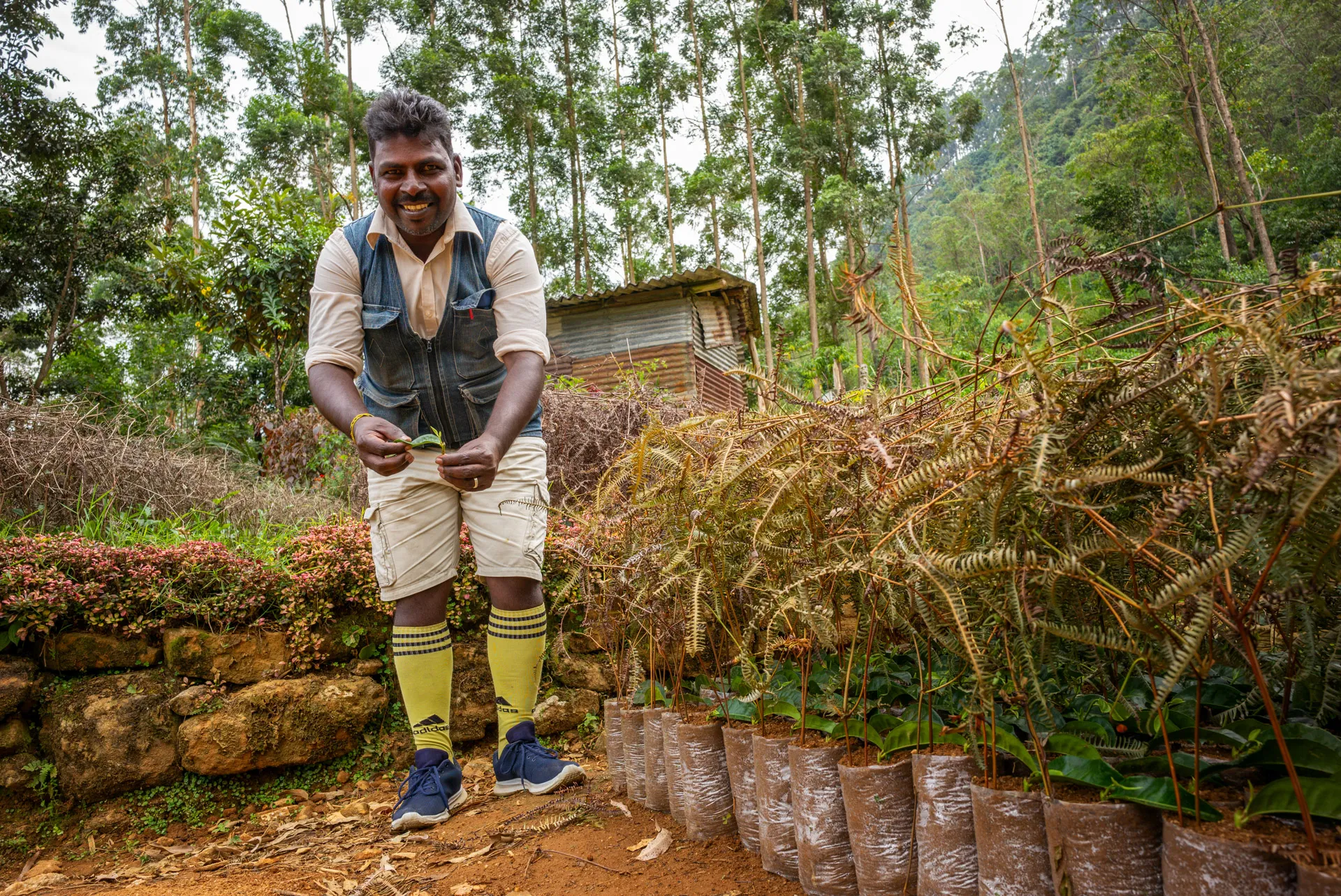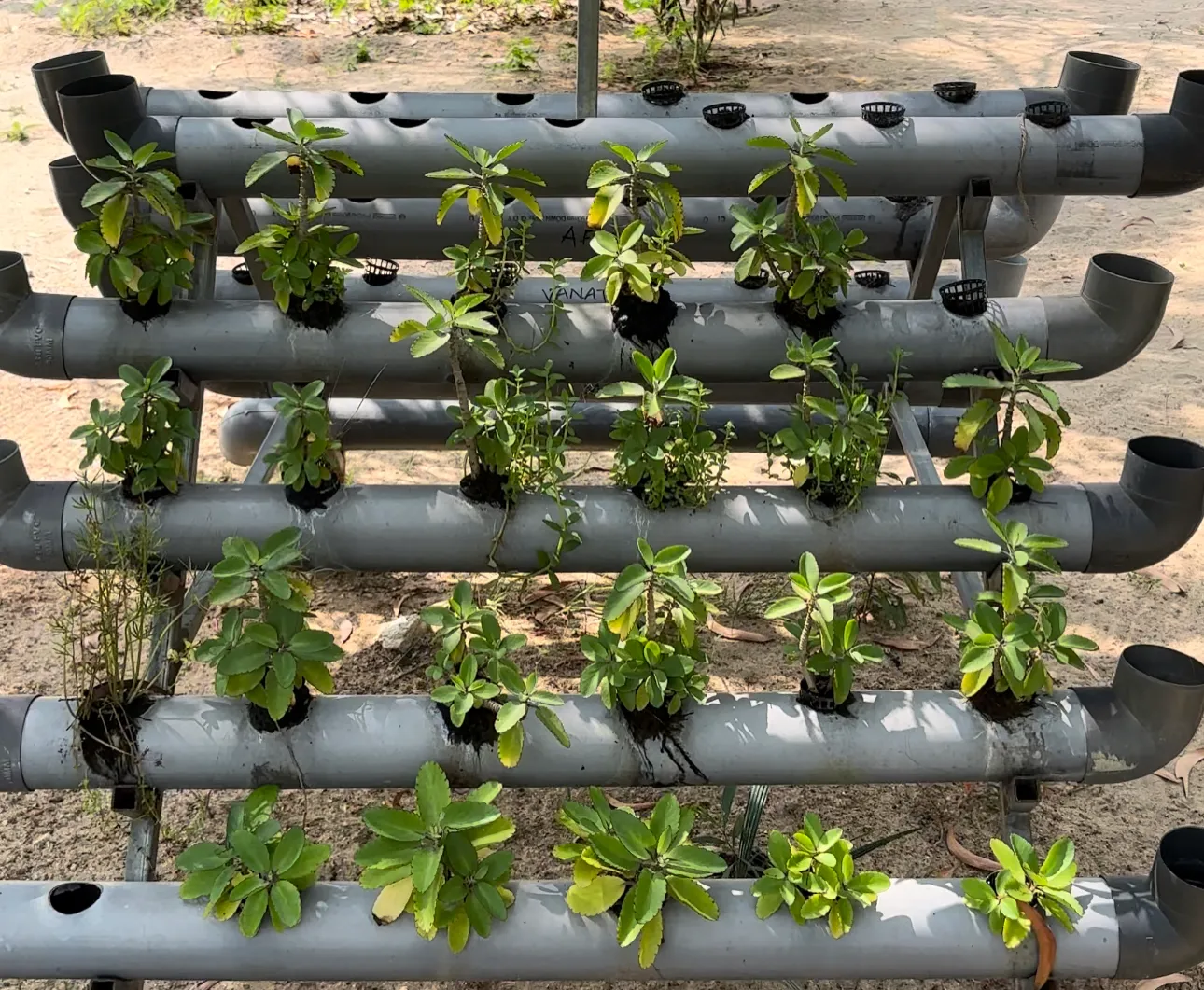True sustainability of your packaging
You have probably run into this situation before. You don't know if something is sustainable or not or have misconceptions about certain packaging. This blog will help you gain useful knowledge about packaging and greenwashing.
Chapters
You walk into the supermarket, looking for a specific product. On the shelves you see multiple brands of the product you need, but they’re packaged differently. Some are cardboard boxes, and some are tin cans. After thinking about the options in front of you, you decide to grab one of the cardboard boxes. When you look at it, you see it has claims like “100% recyclable” and “FSC-certified”. You look back at the other brands on the shelves, and wonder, “Why would anyone package products in tin cans anyway, that doesn’t seem sustainable at all, right?”
This is an example of the difference between image and true sustainability. There are a lot of packaging materials that you wouldn’t think are sustainable, but actually are. Tin cans are one of these materials, since in reality tin cans are really sustainable because of its ease of recycling and high amount of return. This blog I will explain to you which packaging materials are sustainable and which are not.
The 5 biggest current misconceptions
Misconception 1: Bioplastic is better than fossil plastic
This is plastic, right? At first, this doesn’t sound strange. The material is see-through and sturdy just like plastic, but as soon as you put it in the plastic recycling stream, something goes wrong. Normal plastic, also known as fossil plastic, is made out of fossil resources and goes through a very polluting process to be made. It’s also recycled in a unique way, by letting it float in water. Almost every variant of plastic floats at a different height in water. This is what makes it easy to separate them. However, some plastics do float at the same heights. This is mostly a problem with bioplastics. For example, PLA (poly-lactic acid) bioplastic floats at the exact same height as the infamous PET plastic, making it hard to separate them.
The plastic pouch shown above is made out of PLA bioplastic mostly produced of corn. It has pretty much exactly the same properties as fossil plastic, except that PLA is industrially compostable, biodegradable, and gets produced in a less polluting manner. You could say that this bioplastic is recyclable just like fossil plastic because it has “pretty much the same properties.”
But as stated before, it sadly cannot be separated from PET plastic using the current plastic recycling method. This causes PLA and PET plastics to combine, creating lower quality PET plastic. This is why you put PLA bioplastic in the waste bin, and not the plastic bin. It’s confusing and awkward.
This problem can be avoided in the future if new waste bins and recycling locations are opened for bioplastics. Sadly, as long as this recycling process isn’t profitable, there will not be a reason for businesses and governments to focus on it.
Misconception 2: Cardboard cannot always be put in the paper bin
You order a pizza and get it delivered to your house. A few moments later the pizza arrives. After you finish eating the pizza and the cardboard pizza box is all that remains, you decide to put it in the paper bin. What went wrong? A lot of people do not check if the pizza box has grease stains. If there’s too much grease or other leftover food on cardboard or paper materials, it can affect the recycling stream negatively.
The paper recycling stream uses old paper soaked in enormous amounts of water to pull the fibers off of each other. These fibers then get used to make pulp, which then gets used in giant paper making machines to make the final product, paper. Remaining food, like grease in between the fibers, can negatively affect the strength and quality of the paper.
All you have to do to keep cardboard and paper recyclable, is to keep it dry and clean. A small amount of food remains won’t matter much, but much more than that will have an effect on the recycling process. Besides food remains there are a few more rules, but a lot of these are outside the influence of the consumer.
Misconception 3: Plastic netting around your fruit
Everyone knows about it, the plastic netting around oranges, onions, vegetables and fruit. It is obviously made out of plastic, sturdy enough to keep some fruits and vegetables together, or is it? Often these plastic nettings include small amounts of metallic materials.
This makes it impossible to recycle in the plastic recycling stream, but that is not the only problem. The structure of the netting also causes problems. In plastic recycling the plastic is shredded into small pieces, but when these shredders encounter netting, it can get stuck on the shredders and damage them.
In conclusion, it is better to put the netting in the waste bin. This makes it possible for the metallic parts within the netting to be recovered from the ash in the incinerator. Then it can be reused.
Misconception 4: Metal, actually not that bad
Tin cans are polluting and cheap. But is that actually the case? People often see tin cans as an ugly and cheap option for packaging. Besides this, people also see metallic packaging as polluting. This causes companies and brands to use less sustainable packaging materials to create a more sustainable image. For example, by replacing metal with cardboard.
The introduction began about tin cans, and this part continues it. Because why is metal so easily recyclable? This is mostly due to a unique property of metals; they’re magnetic. There is an important difference between metals, which are ferro- and non-ferro metals. Ferro metals are magnetic and non-ferro metals are not. This difference influences the method of recycling.
When metal enters the waste stream it eventually goes to the incinerator. After incineration, all that remains in the ash is the metal. A large amount of this metal gets retained, but on average about 17% of the material gets lost due to oxidation. Besides the waste stream there is also another method of recycling that returns a higher amount of metal. Sadly, this method is only suitable for non-ferro metals, like aluminum.
By using a phenomenon called the ‘Eddy Current,’ non-ferro metals can temporarily turn magnetic by the use of electric currents. This is set up in a specific way so that the aluminum literally gets shot off of a conveyor belt and separated from the non-metallic waste. This causes the metal to end up on a different conveyor-belt, which makes it possible for 100% of the metal to be retained.
This is why tin cans are actually really sustainable and well recyclable. You can regain a lot of the metal with current recycling methods. That’s why Dilmah also makes use of this wonderful material in the t-Series tin cans. The material is of course easily re-usable by refilling the tin cans with refill bags. These refill bags are made from aluminum, thus making them recyclable as well. However, not as well as the tin cans themselves. In the metal recycling process there is a general rule, “The thinner the metal, the less recyclable it is.”
If you do choose to get rid of the t-Series tin cans, it won’t be a problem. The tin cans are made of steel, which makes it possible for magnetism to separate them from ordinary waste. Then the metal can be remelted and reused for other purposes. Besides that, tin cans don’t always have to be ugly, the t-Series tin cans are a good example of this.
Misconception 5: The sustainable image of glass
Glass gets separated better beforehand, so it’s more sustainable, right? You would think that when you see glass bins and know that most people do genuinely separate their glass well. This is of course true, but it does not include the hefty amount of energy that is required to make glass bottles and pots.
This is caused by the glass ovens where the glass gets remelted for new packaging. These ovens have to be kept at 1500+ degrees Celsius constantly. 24 hours a day, 7 days a week, 365 days a year. A glass oven never turns off and can continue working for an average of 12 years. They are also gigantic, it takes a lot of energy to keep such a big space hot, see the depiction below.
Thankfully, there are methods of lowering this energy consumption. The use of sand and other substances will always stay within the production of glass. But by replacing a part of this sand with old glass shards the energy consumption of the oven can be lowered. The amount of material replaced by glass shards can be between 10% to 90%, with a higher amount saving more energy. For reference, 10% glass shards saves about 2.5% of energy usage.
The color of the glass can also influence the sustainability. For example, white glass is really sensitive to changes of color, so it’s harder to add glass shards to this without changes in the melting process. But with brown and green glass it matters less, because the colors cannot change as much, which allows for usage of more glass shards.
How to recognize greenwashing on packaging
Misleading color usage
Nowadays consumers care an increasing amount about sustainability. This is why it is an important point of focus for businesses. Businesses show their goals of sustainability on the packaging, for example, by using colors like green and brown. But some companies and brands make use of this in a negative way, ‘greenwashing.’
Two very obvious examples of greenwashing in packaging are the ‘paper’ bottle from Innisfree and the ‘plant-based’ bottle from Tide. First of all, the bottle from Innisfree is colored with green and brown tints. In reality, there is still a plastic bottle within all this paper, which does not make this packaging sustainable at all.
The ’plant-based’ bottle from Tide, which also makes use of green and brown colors, has tons of claims on the packaging of no substance. One of the claims shown on the bottle is that the packaging is made 100% out of renewable energy. But the tiny letters below that message show the contrary. It says that 50% of this supposed renewable energy comes from steam, which could easily be energy from coal.
This is not only an enormous problem for consumers, but also for honest businesses that are actually sustainable. Greenwashing is mostly smart marketing, which then decreases the reputation of sustainable products. Packaging with green and brown colors is not always sustainable, even if they try really hard to make you think that.
Misleading logos and certifications
Besides using color, loopholes in logos and certifications also get used in greenwashing campaigns. That is why it is always useful to think twice about things you read on packaging. Luckily, European and Dutch laws make it harder for businesses to mislead consumers, but it does not stop everything.
First of all, companies can make up as many certifications as they want. Some businesses actually do this to create a false image of sustainability. Shown below are some different examples of misleading and trustworthy certifications.
Shown below is a very good example of this misusage of certifications. Not a single certification on this bottle is genuine. Besides the use of fake certifications, this brand again uses green colors.
Recyclable vs. Recycled
There is also a huge difference in usage of words, recyclable and recycled mean completely different things. Recyclable only shows that the packaging can be recycled, but it doesn’t guarantee that it is made of recycled materials. Recycled is an indication that the material has been recycled before, but doesn’t say that the material is recyclable. Consumers often look past this, and companies like Coca-Cola make use of this.
It’s alright to use a claim like recyclable, but for it to have any use whatsoever the packaging must be recycled. Because plastic recycling is not standardized everywhere, it means that it won’t always be recycled. That is why a claim like ‘recyclable’ is fairly useless, and only works if the product is sold in a region or country that has the recycling stream worked out completely.
This is also why claims like ‘recycled’ are a bit more significant. Because then you can be sure the material has at least undergone recycling once. It would of course be the best if these two claims are combined by companies and brands.
The important takeaways
So what are the most important tips from this blog to use in everyday life? First of all, the misconceptions of packaging materials:
- Always pay attention when separating plastic, since bioplastic should not be put in the same bin as fossil plastics.
- Make sure that your cardboard is clean and dry when you put it in the paper bin. Food remains and different packaging materials can have a negative influence on the recyclability.
- Always make sure that packaging is the material that you think it is. Companies often uses multiple materials in the same packaging.
- Metal and tin cans aren’t as bad as people think, do not ignore packaging because of it being made out of metal.
- That some materials are separated well does not mean that they are really sustainable. Remember to think about the recycling process itself.
Besides misconceptions in the sustainability of packaging, greenwashing is another big problem. How do you personally avoid greenwashing? Shown below are the most important properties of greenwashing to look out for:
- Color and look doesn’t automatically mean sustainable, looks are often used to market products. Think twice before buying something specifically for sustainability.
- Not all certifications have substance, sometimes brands create fake certifications. Remember which certifications are official, or search for the certification online.
- Words with ‘recyclable‘ do not always show sustainability in practice. Recyclable materials do not matter if the recycling process in the region or country is not developed. That is why recycled materials are much better, since they have undergone the recycling process at least once.
Explore the world of kindness
Have you ever wondered about the lifecycle of a tea plantation, particularly how new tea plants are cultivated and old ones are managed? I went to Dunkeld Tea Estate, where the art and science of tea begins in the nursery.
Discover how the MJF Centre for Dignified Empowerment and Sustainable Development helps Eastern Sri Lanka's recovery from natural disasters and addresses climate change through sustainable practices and community-focused initiatives.
You might have heard it already, but what is exactly World Earth Day? Let us talk you through what it stands for, what it means for us at Dilmah, and how it is not just a day but a part of our values.


